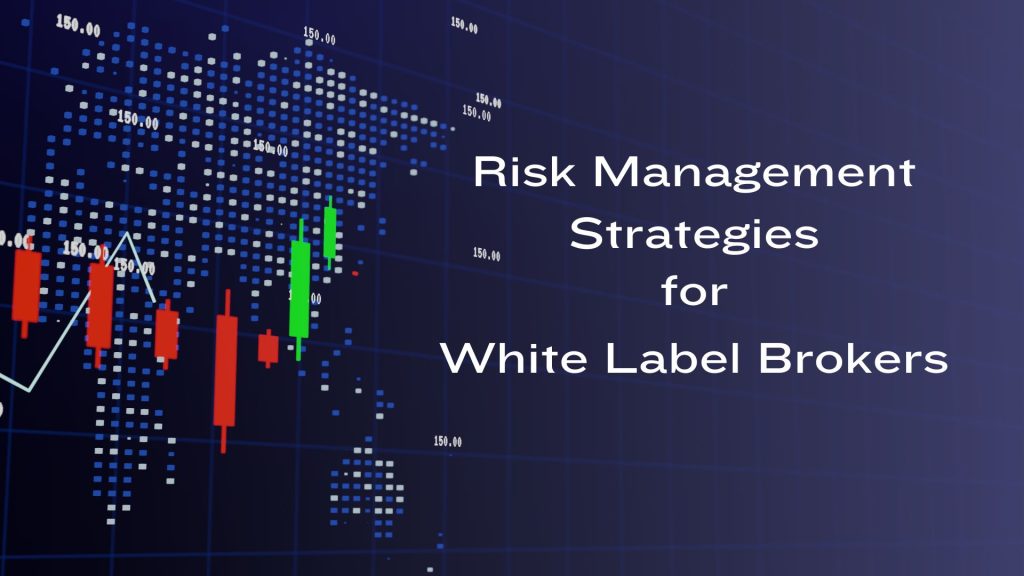
Risk Management Strategies for White Label Brokers
White label brokers serve as intermediaries between traders and the financial markets, offering trading platforms, liquidity, and support services. They essentially rebrand and resell the services provided by a parent brokerage firm, enabling them to focus on client acquisition and retention without the need for extensive infrastructure development. However, a major concern for them is managing risks.
In this article, we will explore different risk management strategies for white label brokers.
What Risks Do White Label Brokers Face?
Before getting into risk management strategies, it’s crucial to understand specific risks white label brokers face. These can broadly be categorised into market risk, credit risk, operational risk, and regulatory risk.
- Market Risk: The risk of loss due to movements in market prices.
- Credit Risk: The risk of loss from a counterparty’s failure to fulfil its financial obligations.
- Operational Risk: The risk arising from internal processes, people, and systems.
- Regulatory Risk: The risk of non-compliance with legal and regulatory requirements.
Join the global network of professionals and find the ideal trading and liquidity partners now!
Risk Management Strategies for White Label Brokers
Risk Management Policies
The foundation of effective risk management lies in the development of comprehensive policies that define the risk appetite, establish risk limits, and outline procedures for monitoring and controlling risks. For instance, a White Label Broker might set a maximum leverage ratio for its clients to mitigate credit risk.
Implementing Advanced Technological Solutions
Technology plays a pivotal role in identifying, assessing, and mitigating risks. White Label Brokers can leverage advanced analytics and trading platforms that offer real-time monitoring of market conditions, automatic stop-loss orders, and risk exposure analysis. By integrating these technologies, brokers can swiftly respond to market changes and adjust their strategies accordingly.
Diversification of Products and Markets
Diversification is a classic risk management strategy that is particularly relevant for White Label Brokers. By offering a wide range of products across different markets, brokers can spread their risk and reduce the impact of adverse movements in any single market. For example, expanding into forex, commodities, and indices can balance the risks associated with a focus solely on equities.
Regular Compliance Reviews and Audits
Regulatory compliance is a moving target, with rules and regulations frequently changing. Regular compliance reviews and audits are essential to identify any gaps in the broker’s practices and ensure adherence to the latest regulatory standards. This proactive approach not only mitigates regulatory risk but also builds trust with clients and partners.
Risk-Based Client Onboarding
Implement a risk-based approach to client onboarding and due diligence, taking into account factors such as the client’s trading experience, financial resources, and risk tolerance. Set appropriate risk limits and margin requirements based on client profiles to mitigate credit risk and prevent excessive leverage.
Training and Development
Human error is a significant source of operational risk. Investment in ongoing training and development programs for staff can enhance their understanding of risk management principles and the specific risks associated with their roles. This empowerment enables employees to make informed decisions and recognise potential risks before they escalate.
Conclusion
For White Label Brokers, effective risk management is not optional but a necessity. In an increasingly competitive and regulated environment, white label brokers must adopt a proactive approach to risk management as mentioned in this article to ensure long-term viability and success.
To learn more about trading platforms, follow us on LinkedIn.





